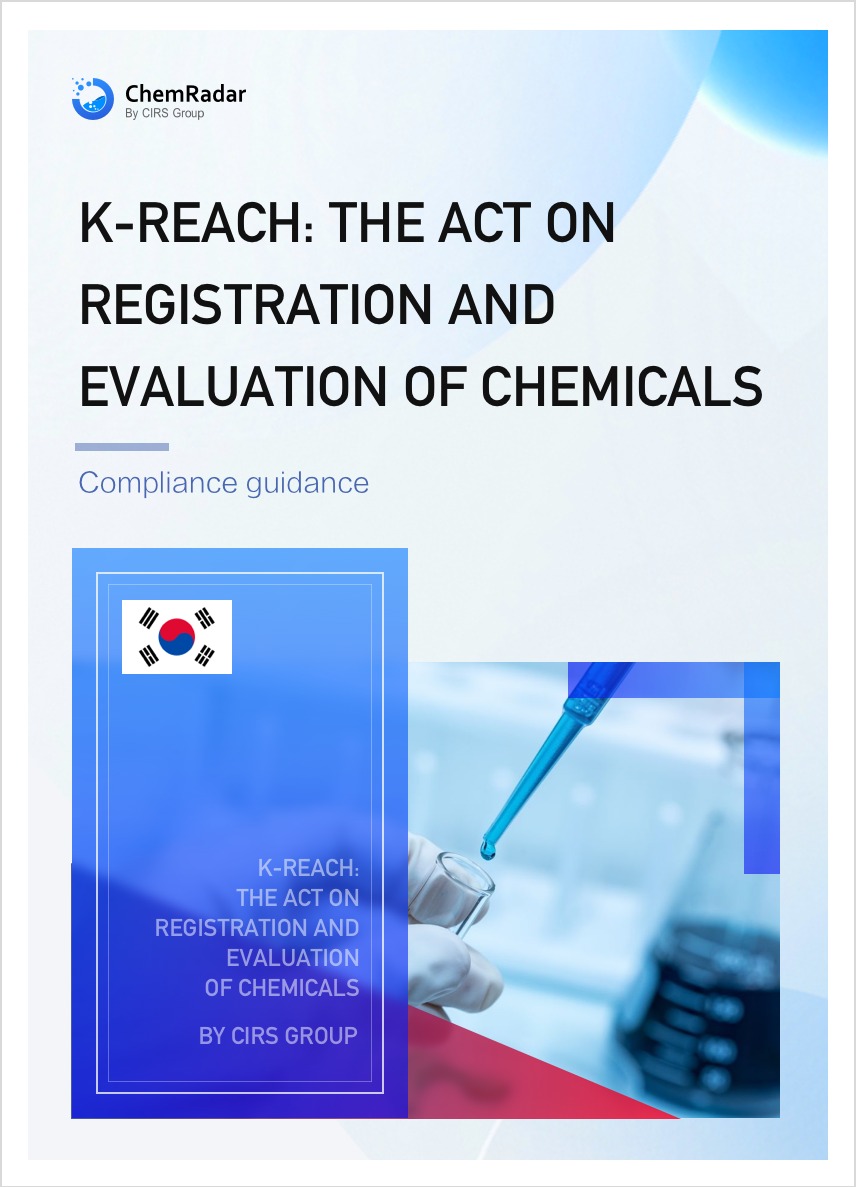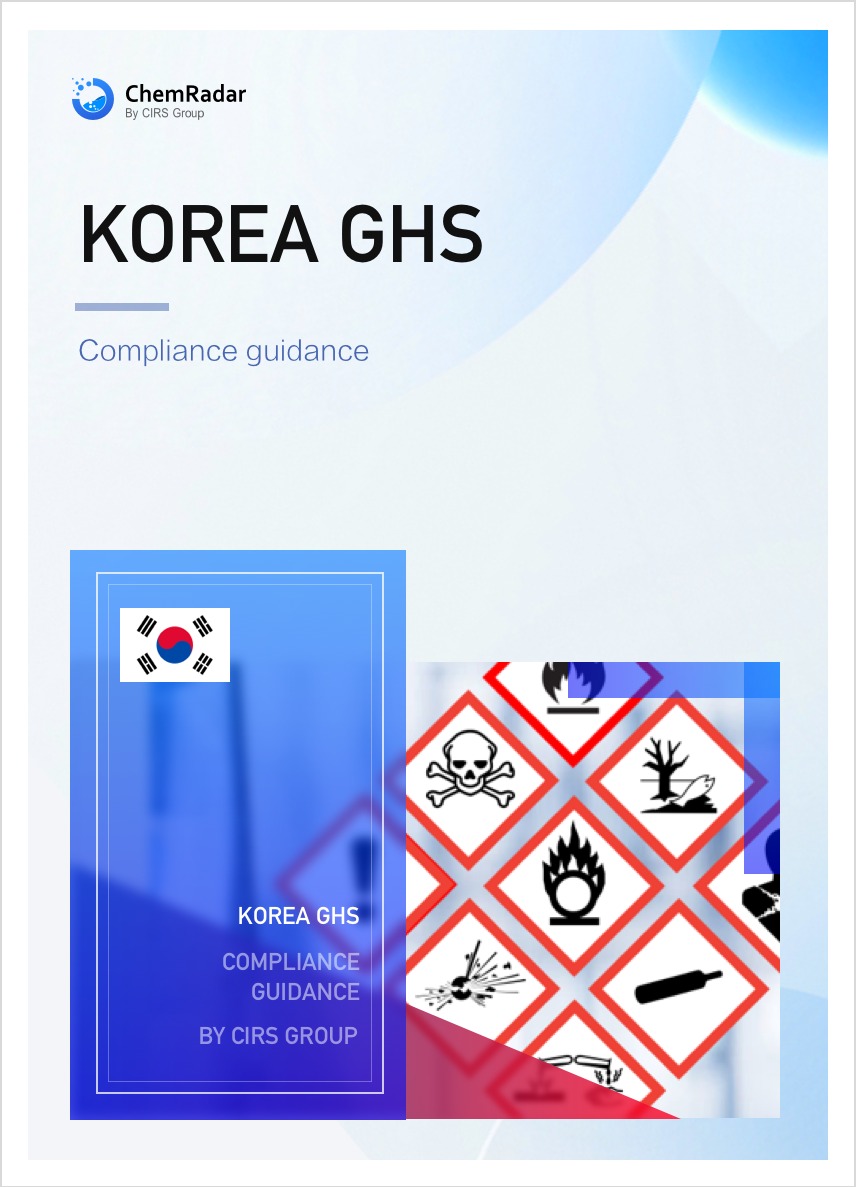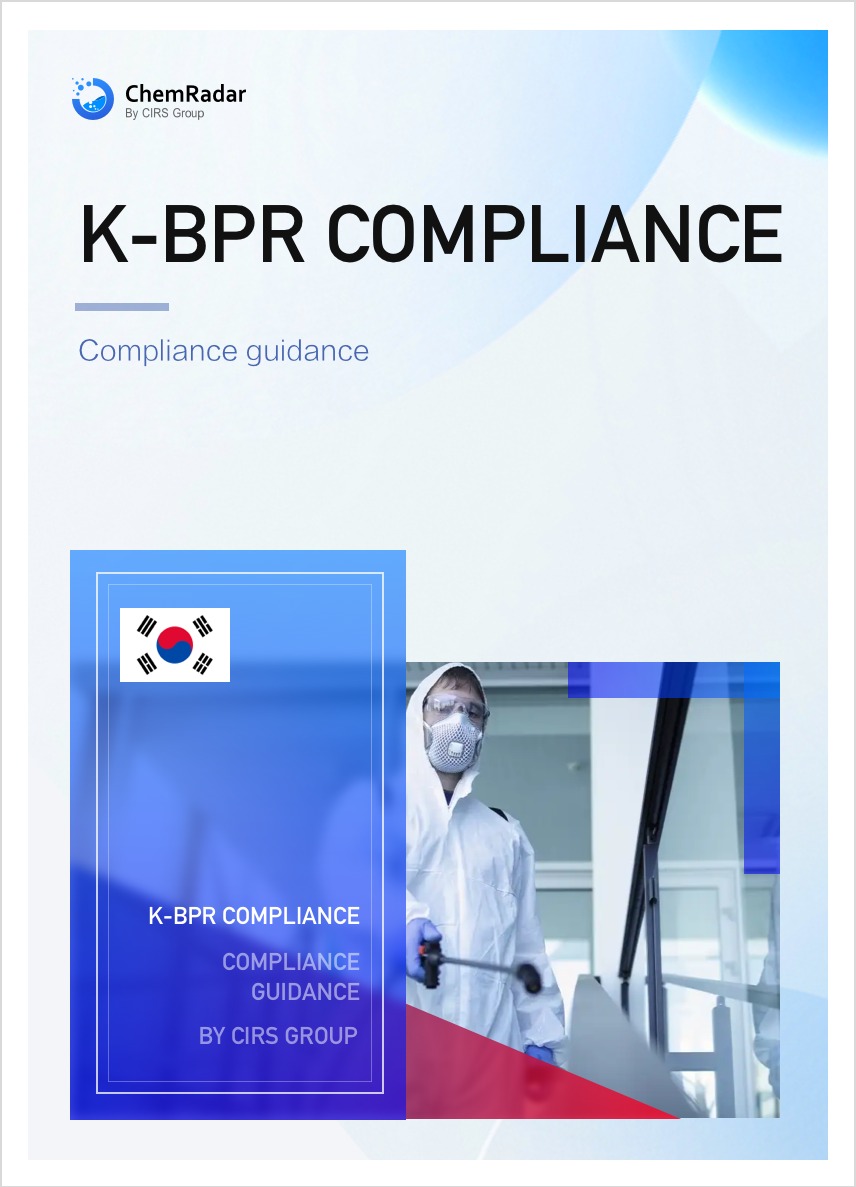1. Definition of Insoluble Polymer
A polymer that does not dissolve in any solvent under normal environmental conditions.
2. Required Documentation for PLC (Polymer of Low Concern) Registration under K-REACH
- Information on the insoluble polymer (including the polymer itself and its monomers).
- Solubility test report.
- Particle size analysis report.
- Gel permeation chromatography (GPC) test report for soluble fractions (as needed).
3. Experimental Workflow for Insoluble Polymers
(1) Solubility Test
Select at least 3 solvents (including polar and non-polar) based on the polymer’s properties to determine solubility.
Common solvents: Water, THF, DMF, NMP, CHCl₃, etc.
- If solubility <2%: Only particle size analysis is required; no GPC test is needed.
- If solubility ≥2%: Both particle size analysis and GPC testing are required.
(2) Particle Size Analysis
Determine the number average molecular weight (Mn) of the polymer.
(3) GPC Testing for Soluble Fractions
- If GPC testing is feasible: Calculate the weight average molecular weight (Mw) for fractions <1000 and <500.
- If no GPC signal is detected: The laboratory must issue a statement explaining the absence of detectable signals.

Challenges and Solutions
Under K-REACH, polymers meeting PLC criteria may qualify for registration exemptions by submitting GPC reports. However, many insoluble polymers face challenges due to the inability to identify suitable solvents for GPC testing, hindering compliance efforts. CIRS Group has extensive experience in PLC exemption applications and provides tailored solutions to help enterprises efficiently secure exemptions.



